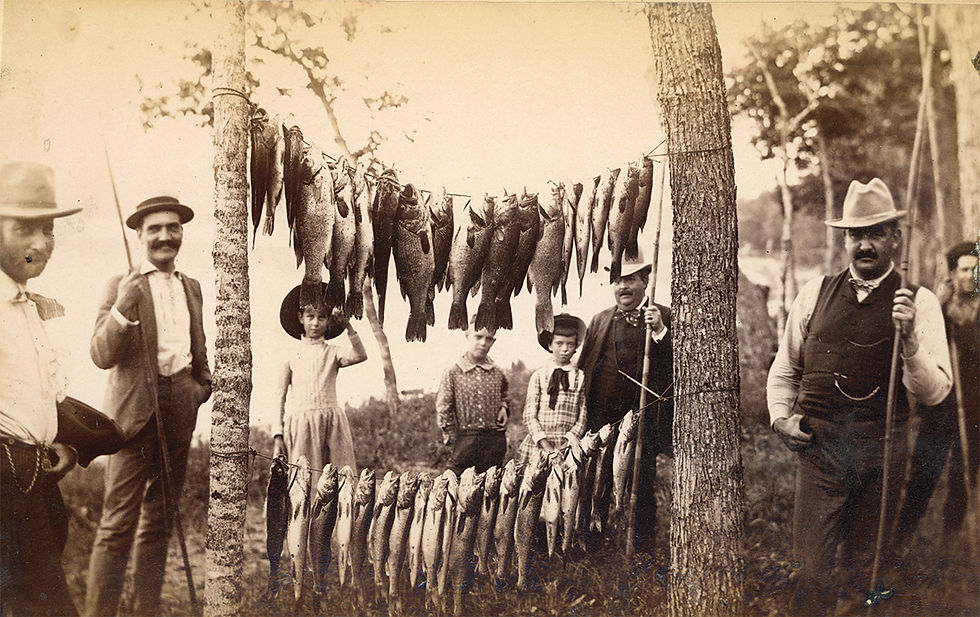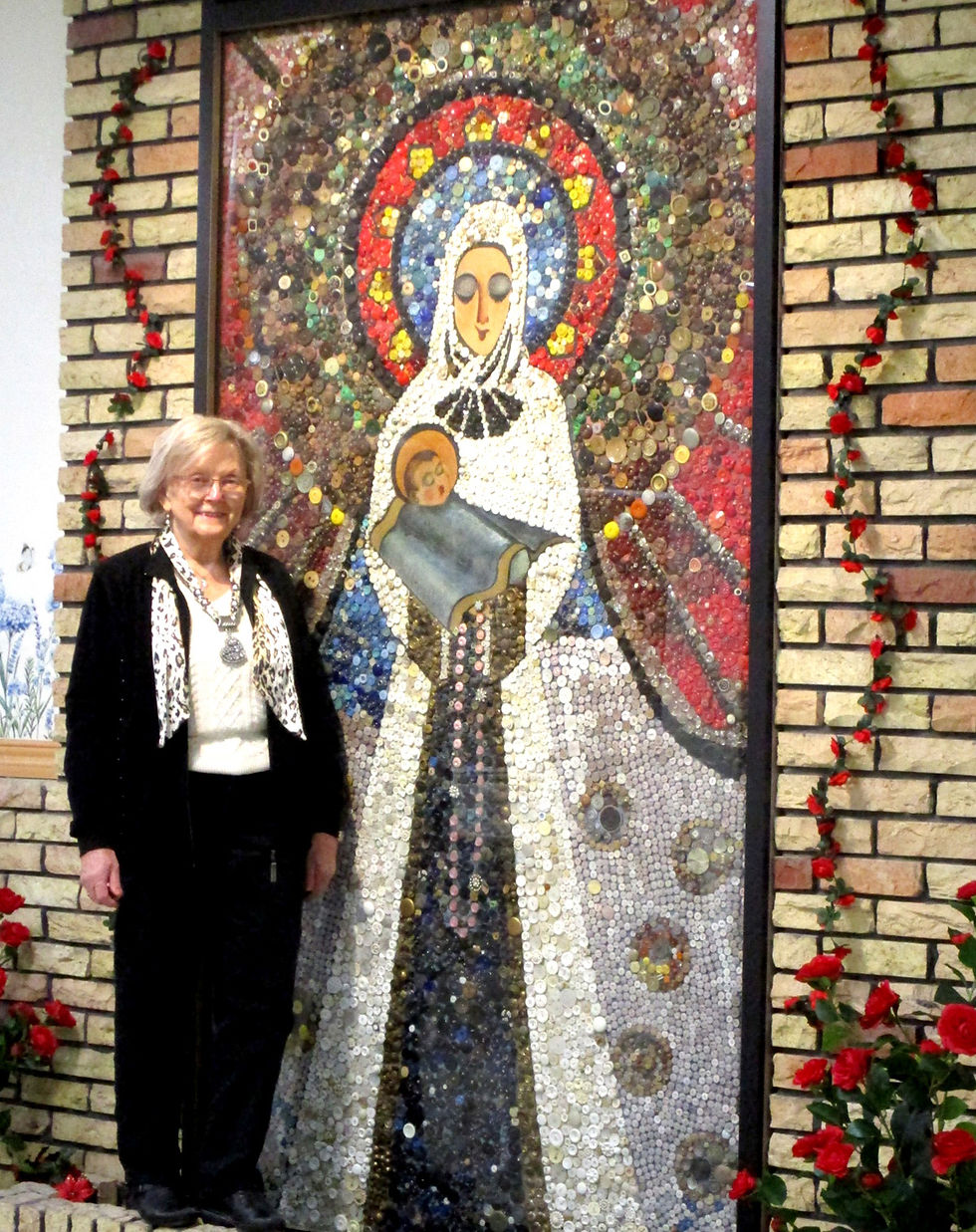‘Keep climbing’
- Sr Perspective

- Feb 8, 2024
- 5 min read
Adventurous Olivia man climbs mountains, hunts big game... and even crochets
By Patricia Buschette

During his lifetime, Tom Mack, 81, of Olivia, has climbed many mountains. That’s not a metaphorical claim. However, let’s start at the beginning.
Tom grew up in South Dakota and graduated from Waverly High School. There, he met Keith Keltgen, the Vo-ag instructor. He also learned cattle judging.
“A classmate had a dairy farm where the team practiced,” Keith explained. “As sophomores we won the South Dakota state dairy judging contest.”
Keith was a role model for Tom.
“He was a remarkable guy – a quick study. He could grasp things quickly and was a good teacher,” said Keith. “The following fall we went to Waterloo, Iowa for the National Dairy Judging Congress. Two gold medals were awarded, and our team got one.”
After high school Tom went into the National Guard where he would spend six months of active duty and 3.5 years in the reserve. Here, Tom won “Soldier of the Cycle” award at Fort Leonard Wood, Mo. In 1962 when he got out of the service, Keith hired him at Trojan Seed Corn in Olivia.
“I lived with Keith and Bev Keltgen for five years, going to school for six months and working for six months.” Tom studied at South Dakota State then transferred to the University of Minnesota with majors in agronomy and soils.
“Bev was my second mother,” Keith said and when Anne and I were married in 1966. Keith was my best man, and Bev was ushered in right behind my parents.
Over the years, the seed corn business has experienced many changes. Tom describes the changes as “light years.” Weed control was a significant factor, he explained. Growing up in South Dakota the 38-40 inch row width meant great pheasant hunting, but in a dry year there wasn’t enough moisture and fertilizer for high corn yields.
Just as seed companies in Olivia were transformed through partnerships and acquisitions, the landscape of corn genetics was transformed. In 1977 Keith, Tom, Bob Bauman, Pat Erickson and Jim Sheafer developed Keltgen Seed Company. It was a success from the ground up, and reportedly sold more than $1 million in seed during its first year.

Tom related that during winter meetings relating to corn research plots, Keltgen reported corn yields over 100 bushel per acre. “While they didn’t come out and say it, some suggested that we weren’t truthful,” Tom said with some satisfaction. The company’s sales grew from $1.6 million in 1978 to $28 million in 1996, the year the company was sold.
Did he retire with regret? The answer is no. “When I retired, I walked out the door and left the job.” Tom simply took on new challenges.
Life dealt Tom grief in the loss of his wife of nearly 50 years. When Anne died in February 2013, the following year Tom and his daughter Mary traveled to Namibia, Africa, Tom to hunt and Mary to photograph the countryside. After two weeks of hunting the 150,000 acre farm of grassland and scrub trees, they traveled to Victoria Falls.
This time it was fishing for tiger fish on the Zambezi River that caught Tom’s attention. “They have jaws that look like a tiger,” he said. “I had one tiger fish mounted for me and one for Mary.”
The tiger fish were not the greatest danger, he explained. The river was teeming with wildlife including elephants and cape buffalo that had come down to the water. Their guide, who had seen the eyes of a hippo break the surface of the water, quickly moved them away. The hippopotamus is considered the deadliest large land mammal on the planet.
“When I looked at my photos, I saw the hippo eyes,” Tom said with acknowledgment of the danger. He did bring home hippo horns as a reminder.
Tom describes in detail the segments of the 30-hour travel to Africa, and promised himself he would never do it again.
Three months later, he had forgotten the long trip, and booked another safari with Dan Rauenhorst. “I told him I would like to hunt something that fights back.” He recited the list of the wild game that he hunted. “We got a whole bunch of wart hogs, impala, zebra, and wildebeest,” he explained.
Tom was enthusiastic about his African experience. “African nights are beautiful. Sunsets take forever. It is like mountains; it is hard to describe.” One evening when the moon was coming up, he walked away from the group to take a photo. The next day he noticed itches that got worse. They did some hunting and in the afternoon got on a plane to come home.
“I was just getting red,” he said. “I didn’t know what was going on. Because there was concern about virus there were monitors at the airport to check for fever. I was afraid I would not be able to go home.” After a dose of antibiotic, he had no further trouble.
The mountain climbing of Tom’s adventure began in 2016 when he stayed with his daughter Mary who lived in Colorado. They were hiking one day when they decided to climb 13,333 feet high Mount Audubon.

“We thought we would see how high we could get.” Tom sent Mary on ahead so she could get to the top, and he went at his own pace. It was understood that since weather conditions changed quickly, it was a good idea to start back down from the mountain at noon.
“It was quite clear at 11,000 feet or so. I encountered a trail guide and asked his opinion.” He suggested that starting down by 2 p.m. would be fine.
“With each 100 feet you see new views. It just takes your breath away, it is so spectacular,” he said with great enthusiasm. By the end of the climb, they calculated that the round trip was ten miles. “It set everything in motion,” he said.
In 2018, Mary and I climbed Mount Elbert. It was a 5,100-foot elevation gain, 10 miles out and back. Prepared to camp, well supplied with energy bars, syrups and lots of water, we climbed to the tree line at 12,000 feet. We started the next morning at 4 a.m. A snow squall moved through, snowing so hard that it covered the trail. We started back and had gone 2,800 feet when it cleared up and we made our way to the summit.
Tom’s interest in hunting was borne back in the fields of South Dakota. “When I was about seven or eight I hunted gophers using 22 shots at 15 cents a box. I have been hunting off and on since then.
“I had gone to Alaska in the late 1990s a couple of times. I went up with Dan Rauenhorst of Olivia to hunt Caribou,” Tom said. Hunters were dropped in for a five-day hunt, but were checked on occasionally. Mindful of a possible accident, Tom planned ahead. “I had Doc Thompson show me how to stitch a wound, using a piece of leather, and he prescribed antibiotics,” he remembered.
“In 2020 I went up black bear hunting. Gun hunting got to be easy so I went to Alaska black bear hunting with bow and arrow. We stayed on a big boat, but took a smaller boat to cruise the coast and look for bears.”

September of 2023, Tom and his son Pete climbed Mount Massive, the second-highest summit of the Rocky Mountains of North America. “It was my 15th mountain climbing expedition. Next summer we will study and decide our next climb.
“There aren’t any pictures or words that can tell the story,” Tom said regarding mountain climbing. “It serves as inspiration. When we get to 50 years, we don’t need to quit but keep on climbing.”
His advice? “Don’t need to sit on the couch and eat Snickers, but do something active.”
But if you do sit on the couch, do something productive. Tom has an impressive ability to crochet!




Comments